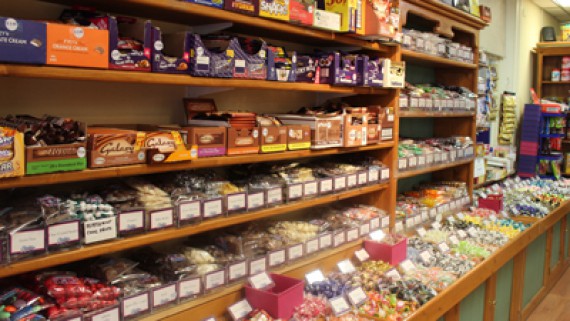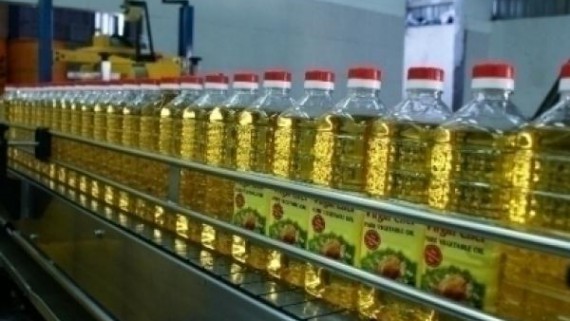How other countries are experimenting with odd-even system
Beijing, China
The city initiated the alternate day car driving restrictions just ahead of the 2008 Olympic Games and saw pollution levels drop by almost 20 per cent. Currently, Beijing imposes this rule periodically, on days with high air pollution. The city has also restricted its car sales since 2011 to 20,000 car plates every month. These restrictions on cars have been followed up with efforts to increase public transport such as bus connectivity and metro services.
On August 20, 2015 Beijing imposed restrictions on factory production and car use in the city, forcing around five million cars to ply on alternate days for around two weeks, just before the 17th anniversary of Japan’s WWII defeat on September 3. These restrictions were put in place to ensure that the usually smoggy grey sky of Beijing would turn perfectly blue on this day. As a result, the air quality index of Beijing dipped to 17 (out of 500) and the skies turned crystal clear.
However, the moment the ban was lifted, skies turned grey again. By the end of November, the levels were so high that a smog alert had to be issued.
Paris, France
The city has been imposing the odd-even number plate rule during periods of high air pollution. On such days, public transport is free. The rule was last implemented in March 2015 when a smog alert was issued. However, they had already tested the system before as a temporary measure when pollution had exceeded certain limits.
Mexico
The “Hoy No Circula” was introduced in Mexico around 1989 to combat air pollution. It called for citywide bans, one day per week, based on odd-even number plates. For example, plates ending in 5 and 6 were not allowed to drive on Mondays while 7 and 8 were not allowed to drive on Tuesdays and so on. This measure was highly successful in bringing carbon monoxide (CO) levels down by almost 11 per cent. However, in the long run, people eventually started buying more cars, rendering the ban inefficient. Therefore, it actually ended in a rise in CO levels in the long run by almost 13 per cent.
Bogota
Bogota tried to work on the limitations faced by Mexico and came up with stricter combinations of days and numbers so that the drivers would be unable to circumvent the rules by buying more cars. The policy did not reduce air pollution though, as people drove more during off-peak hours to get around these imposed measures.
But examples show that the system has better potential as a short-term measure.
ITALY
The air quality levels in Italy went high last week and cars were banned from the streets of Milan and Rome on Monday, 28th December. This build up was caused by an excessively warm and dry winter experienced by Italy.
Milan and Pavia decided to ban their cars from roads between 10am and 4pm for three consecutive days, starting Monday (28th December). Milan has also offered discount on their public transport to convince people to switch to other modes of transport including buses and trains (1.5 Euros for all day, which on normal days is the price for a single ride ticket).
Florence decided to limit its cars in the city centre through New Year’s Eve.
In Rome, the citizens with odd numbered plates were asked to leave their cars home on Monday while those with even number plates were targeted on Tuesday.
Some traffic restrictions were also seen in the southern city of Naples which only allowed vehicles with emission standard of upto Euro 4 to operate on the roads. They have also decided to ban wood-fired pizza ovens for the short run
However, all these are short term temporary measures. In the long run, there needs to be a permanent solution.



